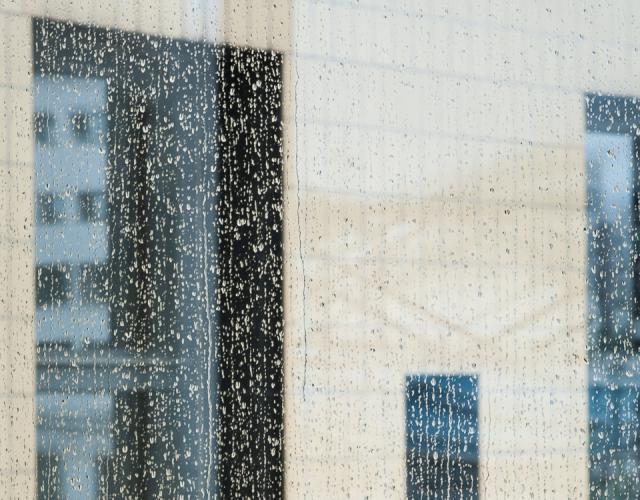
Fugue and shapes
INFORMATIONS
-
Objectives and content
The aim of the writing course is to train the ear, acquire a knowledge of styles and master the various techniques of musical rhetoric.
The fugue and form class aims to:
- To deepen the practice of counterpoint by working on its application in fugal-type developments, on various models (single, double, triple fugue, sonata fugue, passacaglia fugue);
- To develop creativity and a sense of form in large-scale forms and to study the conduct of musical discourse through its various components (harmonic rhythm, organisation of the phrase, etc.), using various forms as a basis, principally the sonata allegro.
-
Programme
<p>Study of the vocal and instrumental fugue for 3 to 5 voices, and of the "sonata allegro" form for string quartet, piano and violin, piano trio or two pianos.</p> <p>Fugue in the styles of Bach, Beethoven / Sonata in the styles of Bartók, Beethoven, Brahms</p>
-
Entrance terms and conditions
Be enrolled in the advanced writing cycle.
The entrance examination is common to all the writing classes: Harmony, Counterpoint, Fugue and Forms, 15th - 17thcentury Polyphony, 20th - 21st century Writing.
Candidates who are successful in the writing entrance examination may subsequently enrol in one or other of these disciplines without having to sit the tests again (or pay a new enrolment fee), without having to meet the age limit, and provided they have not interrupted their studies for more than one school year.
Subject to availability, it is possible to take several classes at the same time.
-
Assessment terms and conditions
Assessment of all work by a jury at the end of the year
-
Duration of studies
1 year (2nd year possible on teacher's advice and subject to availability)
-
Reward
Reward
-
Erasmus
Yes

